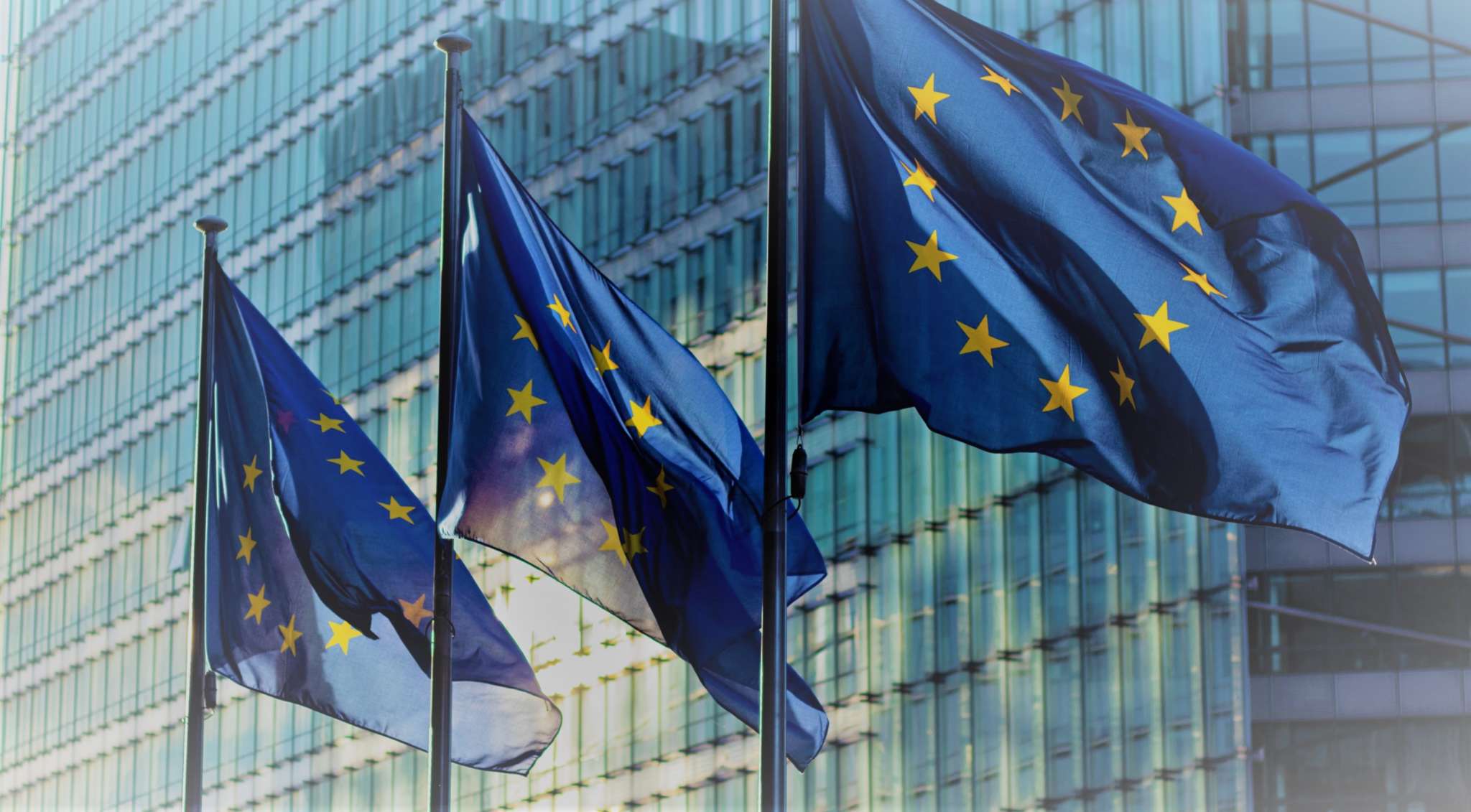The Product Liability Directive (85/374/EEC) (hereinafter ‘PLD’), adopted by the European Union in 1985, represents a horizontal piece of legislation laying down common provisions on product liability within the EU single market. It introduced the principle that producers are liable for material damages caused by a defect in their products regardless of their fault (principle of “strict liability”).
Context and background
The PLD remained largely unchanged since its adoption, while the EU economic and social environment witnessed drastic modifications. Particularly, new digital technologies (e.g., Internet of Things, Artificial Intelligence, robotics) became increasingly present in our daily lives. In fact, a considerable share of consumer goods currently depends on digital content (e.g., software) to perform its functionalities, whereas the features of goods would have been entirely mechanical at the time of the adoption of the PLD. Moreover, the need to move towards a more circular economy brought forward concerns as regard to the liability associated to the remanufacturing and refurbishing of products, particularly when considering the great variety of actors playing a role in the value chain (e.g., original manufacturer, remanufacturer, intermediaries).
Role of Wavestone
Against this background, the European Commission mandated a study to assess the possible options for an EU intervention aimed at reviewing the current text of the PLD, adapting it to the challenges brought forward by the digital and circular economy. The study was assigned to the Centre for Strategy & Evaluation Services (CSES) and Wavestone contributed by leading the identification of the main problems underlying the needed changes to the Directive, as well as their respective drivers.
Key findings
Extensive data collection and analysis resulted in the shortlisting of two problems, namely that (i) certain products, economic actors, and types of damage in the digital and circular economy escape no-fault liability; and (ii) injured parties face difficulties in claiming compensation for damages caused by defective products. The first problem stems from several causes, among which, the lack of liability under the PLD for defects emerging after products are put into circulation. In fact, digital products can change after their placement into the market as the manufacturer may retain a certain degree of control over them (e.g., through software updates). The study illustrated that, in case of a damage, there would be unclarity on the application of the PLD to digitally enabled products that do not follow the one-directional supply chain (i.e., products do not change after their placement into the market). The second problem is mostly the result of the application of thresholds, time limits and exceptions set out by the PLD text. For instance, while being introduced to balance strict liability regime on producers, time limitations (e.g. 10-year time limit for an injured party to assert the rights conferred by the Directive, starting from the moment in which the producer put the defective product into circulation), appear to be problematic in application field where latent damage emerges after a longer period of time (e.g. foodstuff and pharmaceuticals) and where the concept of putting into circulation is less straightforward (e.g. 3D printing).
Next steps
To date, the Commission has already put forward a proposal to update the PLD which will need to be discussed and possibly amended by the European Parliament and Council. The proposal aims to address the main challenges identified by the above-mentioned study with the objective of better adapting the text to the current needs of EU citizens, while respecting its future proof component.
Authors: Leonardo BARONE, Sara TALPO & Eleonora ZOBOLI




